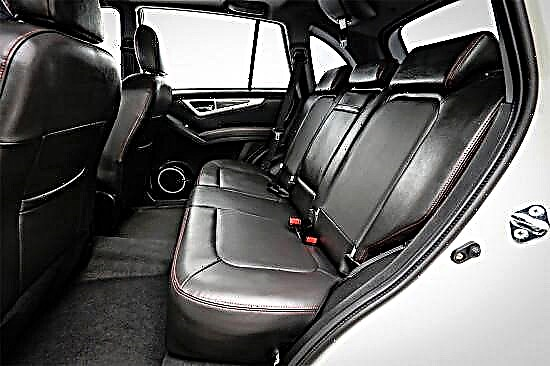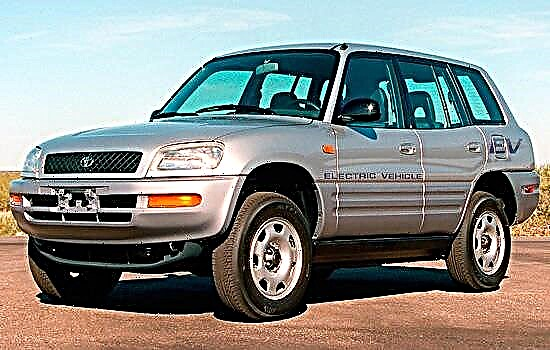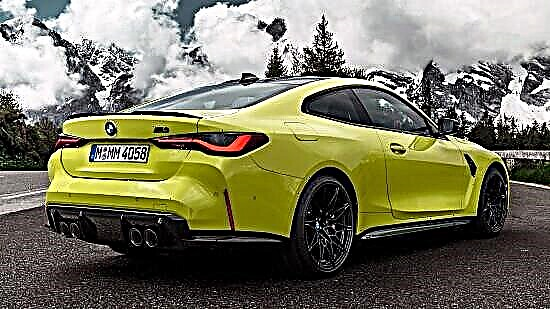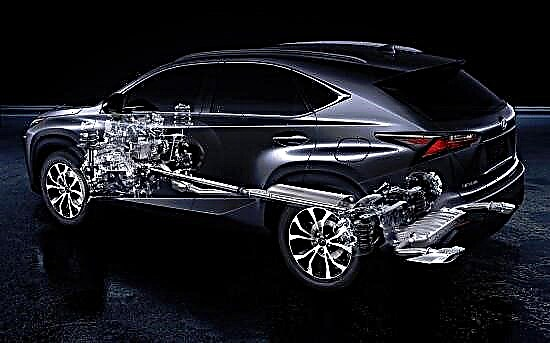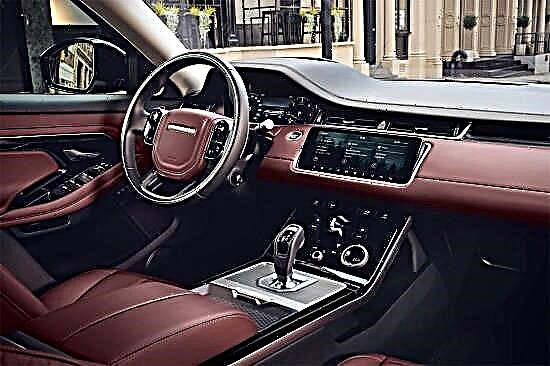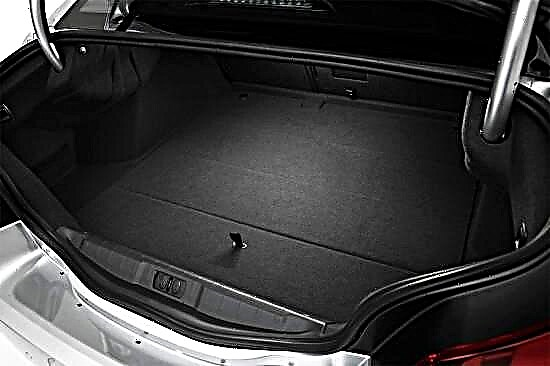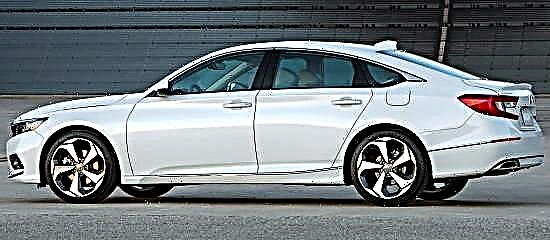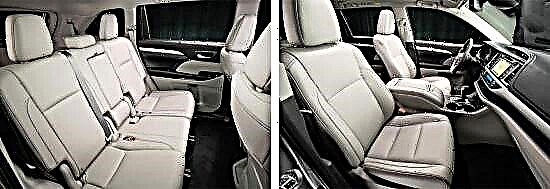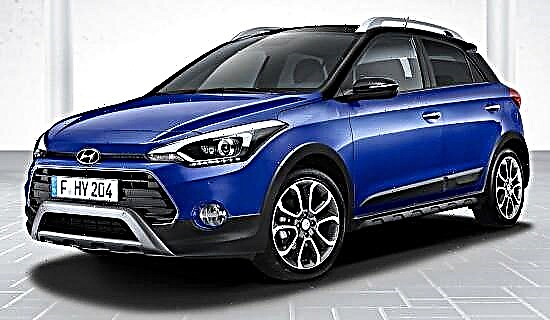The Hyundai i30 is a front-wheel drive subcompact hatchback with a three- or five-door body that combines expressive design, modern interior and good driving potential ... Its main target audience is young and energetic city dwellers (regardless of gender), not burdened with family. to whom any complexes are alien ...

The second generation Hyundai i20 celebrated its world premiere in September 2014 at a car show in Paris. Compared to its predecessor, the car has not only changed dramatically in terms of appearance, but also acquired a completely redrawn interior, a new "trolley" and more modern engines.
In November of the same year, the hatchback went on sale in the European market, but its implementation in Russia is not planned.

In April 2018, a restyled hatchback made its debut in the European specification, and visual changes affected only the five-door model (the three-door was not touched - it is "positioned separately", which even received the "Coupe" prefix to its name, and its annual circulation is small - nowhere, except for the countries of the Old World, it is not implemented).

But the technical revision affected all modifications of the "twenty" - the car lost its diesel engines and "armed" with modernized gasoline units, replaced the outdated "automatic" with a robotic transmission and received new options.

The "second i20" looks bright and has a lot of memorable design details that make its silhouette in a good brazen and sporty - "fleshy" bumpers, short overhangs, a sloping roof profile with blackened C-pillars, aggressive headlights and taillights. The dynamic look is rounded off by beautiful wheel rims measuring 15-16 inches.

In addition to the standard version, the car is available in the "off-road" specification "Active", which is distinguished by increased ground clearance and a plastic body kit around the outer perimeter.

There is also a "sports" version with the letter "N" in the lineup with more aggressive bumpers, side "skirts", 17-inch "rollers" and N-badges.

Hyundai i20 is a typical representative of the B-class according to the European classification and is offered in a hatchback body with three or five doors. Depending on the version, the length of the car is from 4035 to 4045 mm, the width is from 1730 to 1734 mm, and the height is from 1449 to 1474 mm. Its wheelbase fits into 2570 mm, and the clearance under the bottom is from 140 to 190 mm.
Interior

The second-generation G20 salon is decorated in the current style of the Korean brand with a stylish front panel architecture, laconic and informative "tools" and a multifunctional steering wheel. The car pleases with high-quality finishing materials and a high-quality level of workmanship.

On the front row of the Hyundai i20, anatomical seats with moderate lateral support are installed, providing comfortable seating for riders of various sizes. Formally, the three-seater rear sofa is really friendly only for two - there is enough space for them in all planes.
The luggage compartment in the five-door hatchback is 326 liters, in the three-door car - 10 liters more. "Gallery" is transformed flush with the floor, as a result of all the useful capacity increases to 1041 and 1011 liters, respectively.

Specifications
The second generation Hyundai i20 "Motor Assortment" in European countries unites exclusively gasoline engines:
- The basic version is a four-cylinder "aspirated" with a working volume of 1.2 liters with distributed injection, variable valve timing and a 16-valve DOHC timing belt, available in two power levels:
- 75 horsepower at 5500 rpm and 122 Nm of torque at 4000 rpm;
- 84 h.p. at 6000 rpm and 122 Nm of rotational potential at 4000 rpm.
- Slightly higher in the "table of ranks" is a 1.4-liter naturally aspirated "four" with a multi-point "power supply" system, 16 valves and a variable valve timing mechanism, producing 100 hp. at 6000 rpm and 134 Nm of peak thrust at 3500 rpm.
- The head of the power range is the 1.0-liter three-cylinder T-GDI unit with a turbocharger, direct injection, 12-valve timing and phase shifters at the inlet and outlet, which is announced in two versions:
- 100 h.p. at 4500 rpm and 172 Nm of torque at 1500 rpm;
- 120 h.p. at 6000 rpm and 172 Nm of possible recoil at 1500 rpm.
The engines are paired with 5- or 6-speed "manual" gearboxes and drive front wheels, and the turbocharged "triplet" mates with a 7-band "robot" with two clutches.
For the N-version of the hatchback, a 1.4-liter petrol turbo engine with a capacity of 115 "horses" is prepared, the performance of which reaches 160 Nm. The gearbox is supposed to have no alternative - a 6-speed manual.
Design features
The "second" Hyundai i20 is built on a front-wheel drive platform developed by European experts. The front suspension is independent with MacPherson struts, the rear is semi-independent with a torsion beam.
The "sports" modification differs from the "civilian" model only in stiffer springs and shock absorbers.
By default, the vehicle is equipped with an electric power steering integrated in the rack and pinion and disc brakes on all wheels with ABS.
Options and prices
In Russia, the 2nd generation hatchback is not officially sold, but in the European market (in particular in Germany) the five-door Hyundai i20 hatchback is sold at a price of 9,990 euros (as of early summer 2018).
The list of initial equipment of the car includes: six airbags, ABS, EBV, ESC, two power windows, a standard audio system, driver's seat height adjustment, on-board computer, 15-inch steel wheels, air conditioning and much more.

